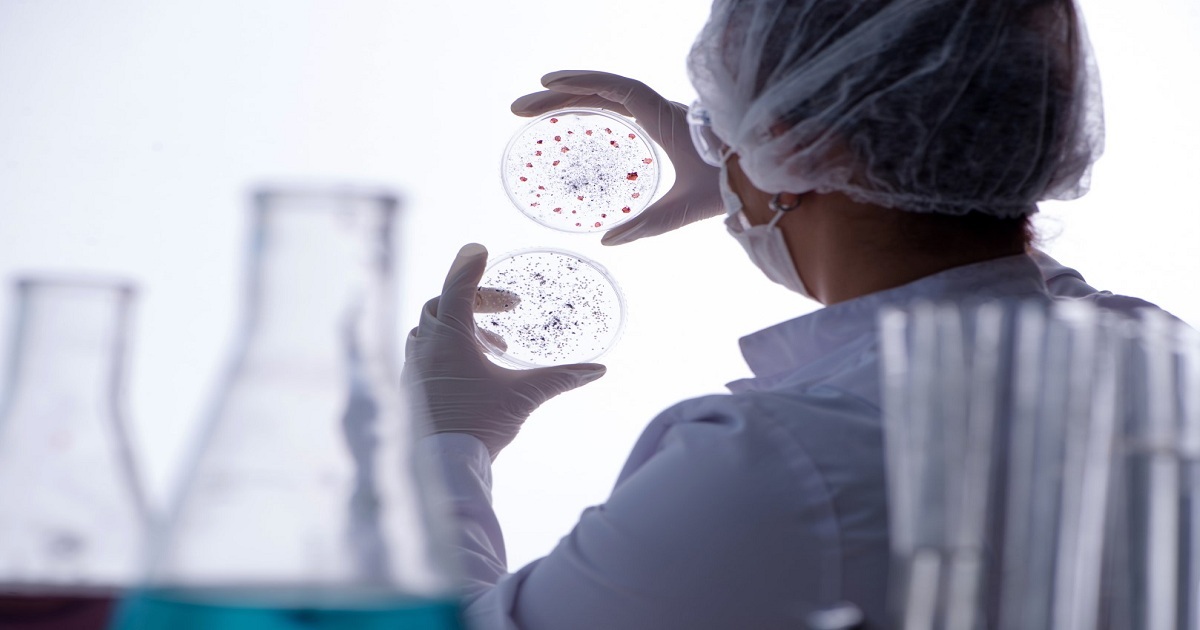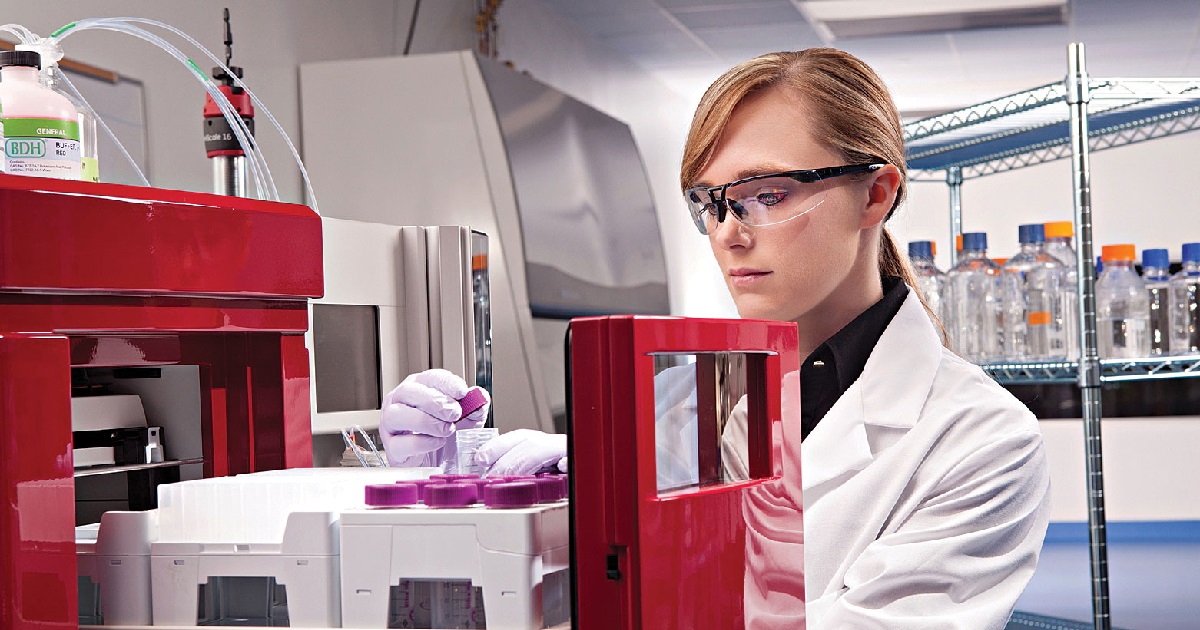
MedTech
Article | October 7, 2022
Gene therapy has historically been used to treat disorders with in-depth knowledge caused by a single genetic mutation. Thanks to the introduction of new generation technologies, the potential of gene therapy is expanding tAo treat diseases that were previously untreatable.
Evolution of Gene Therapy
One of the major success stories of the twenty-first century has been gene therapy. However, it has not been the same in the past. The field's journey to this point has been long and mostly difficult, with both tragedy and triumph along the way.
Initially, genetic disorders were thought to be untreatable and permanently carved into the genomes of individuals unfortunate enough to be born with them. But due to the constant technological advancement and research activities, gene therapy now has the potential to treat various genetic mutation-causing diseases with its ability to insert a new copy and replace faulty genes.
Gene Therapy is Finding New Roads in the Medical Sector
Gene therapy can help researchers treat a variety of conditions that fall under the general heading of epilepsy, instead of only focusing on a particular kind of disorder brought on by a genetic mutation. Following are some of the domains transformed by gene therapy.
Neurology – Gene therapy can be used for the treatment of seizures by directly injecting it into the area causing an uncontrolled electrical disturbance in the brain. Furthermore, by using DNA sequences known as promoters, gene therapy can be restricted to specific neurons within that area.
Ophthalmology – Genetic conditions such as blindness can be caused due to the mutation of any gene out of over 200 and resulting in progressive vision loss in children. With advanced gene therapies such as optogenetics, lost photoreceptor function can be transferred to the retinal cells, which are responsible for relaying visual information to the brain. This might give patients the ability to navigate in an unknown environment with a certain level of autonomy.
The Future of Gene Therapy
The news surrounding gene therapy has been largely favorable over the past few years, with treatment after treatment obtaining regulatory approvals, successful clinical trials, and garnering significant funds to begin development. With more than 1,000 clinical trials presently underway, the long-awaited gene therapy revolution might finally be here.
Read More

MedTech
Article | July 16, 2022
With advances in data analytics and machine learning, the move from descriptive and diagnostic analytics to predictive and prescriptive analytics and controls—allowing us to better forecast and understand what will happen and thus optimize process outcomes—is not only feasible but inevitable, according to Bonnie Shum, principal engineer, pharma technical innovation, technology & manufacturing sciences and technology at Genentech.
“Well-trained artificial intelligence systems can help drive better decision making and how data is analyzed from drug discovery to process development and to manufacturing processes,” she says.
Those advances, though, only really matter when they improve the lives of patients. That’s exactly what Shum expects.
“The convergence of digital transformation and operational/processing changes will be critical for the facilities of the future and meeting the needs of our patients,” she continues. “Digital solutions may one day provide fully automated bioprocessing, eliminating manual intervention and enabling us to anticipate potential process deviations to prevent process failures, leading to real-time release and thus faster access for patients.”
To turn Bioprocessing 4.0 into a production line for precision healthcare, real-time release and quickly manufacturing personalized medicines will be critical. Adding digitization and advanced analytics wherever possible will drive those improvements. In fact, many of these improvements, especially moving from descriptive to predictive bioprocessing, depend on more digitization.
Read More

MedTech
Article | September 22, 2022
In the downstream portion of any bioprocess, one must pick through the dross before one can seize the gold the biotherapeutic that the bioprocess was always meant to generate. Unfortunately, the dross is both voluminous and various. And the biotherapeutic gold, unlike real gold, is corruptible. That is, it can suffer structural damage and activity loss. When discarding the dross and collecting the gold, bioprocessors must be efficient and gentle. They must, to the extent possible, eliminate contaminants and organic debris while ensuring that biotherapeutics avoid aggregation-inducing stresses and retain their integrity during purification and recovery. Anything less compromises purity and reduces yield.
To purify and recover biotherapeutics efficiently and gently, bioprocessors must avail themselves of the most appropriate tools and techniques. Here, we talk with several experts about which tools and techniques can help bioprocessors overcome persistent challenges. Some of these experts also touch on new approaches that can help bioprocessors address emerging challenges.
Read More

MedTech
Article | July 12, 2022
Biopharmaceutical innovations are among the most ingenious and refined achievements of modern medical science. New concepts, techniques, and therapies are emerging, such as the cell therapy Provenge, which can be used to treat cancer, and gene therapies, which provide even more amazing promises of disease remission and regenerative medicine.
In addition, the COVID-19 pandemic has caused a huge boom in the pharmaceutical industry. This is because more and more attention is being paid to increasing manufacturing capacity and starting new research on drug development.
Biopharma: Leading the Way in the Pharma Sector
In the past couple of years, the biopharmaceutical sector has deepened its roots across the medical and pharmaceutical industries, on account of the transformation of pharmaceutical companies towards biotechnology, creating opportunities for growth.
Also, growing advancements in technologies such as 3D bioprinting, biosensors, and gene editing, along with the integration of advanced artificial intelligence and virtual and augmented reality are estimated to further create prospects for growth.
According to a study, the biopharmaceutical sector makes nearly $163 billion around the world and grows by more than 8% each year, which is twice as fast as the traditional pharma sector.
Massive Investments Directed Towards Biopharma
Investing in biotech research and development (R&D) has yielded better returns than the pharma industry average. Hence, a number of pharmaceutical companies are shifting their presence toward biopharma to capitalize on the upcoming opportunities by investing in and expanding their biotechnology infrastructure.
For instance, Thermo Fisher Scientific Inc., an American manufacturer of scientific instrumentation, reagents and consumables, and software services, announced an investment of $97 million to expand its bioanalytical laboratory operations into three new locations in the U.S. With this investment, the company will add 150,000 square feet of scientific workspace and install the most advanced drug development technologies to produce life-changing medicines for patients in need.
Read More